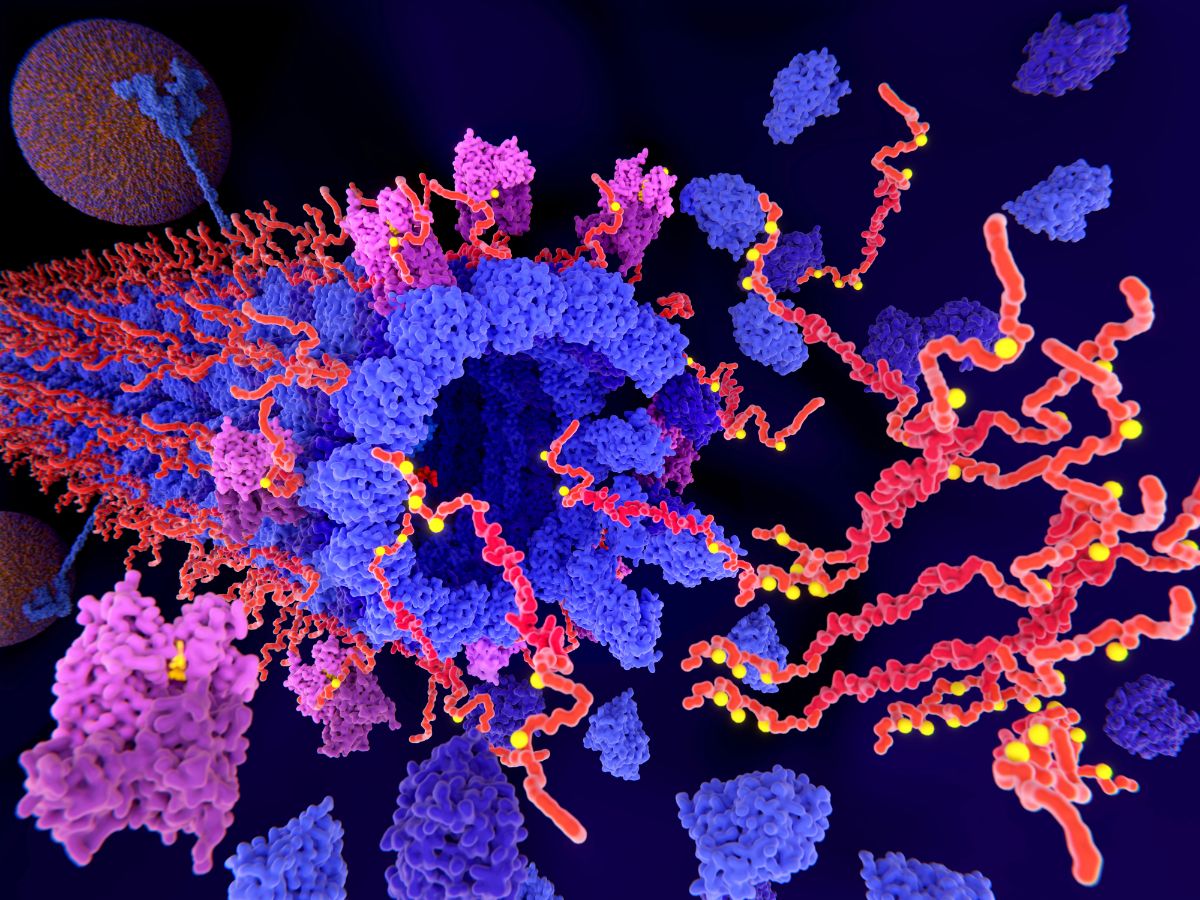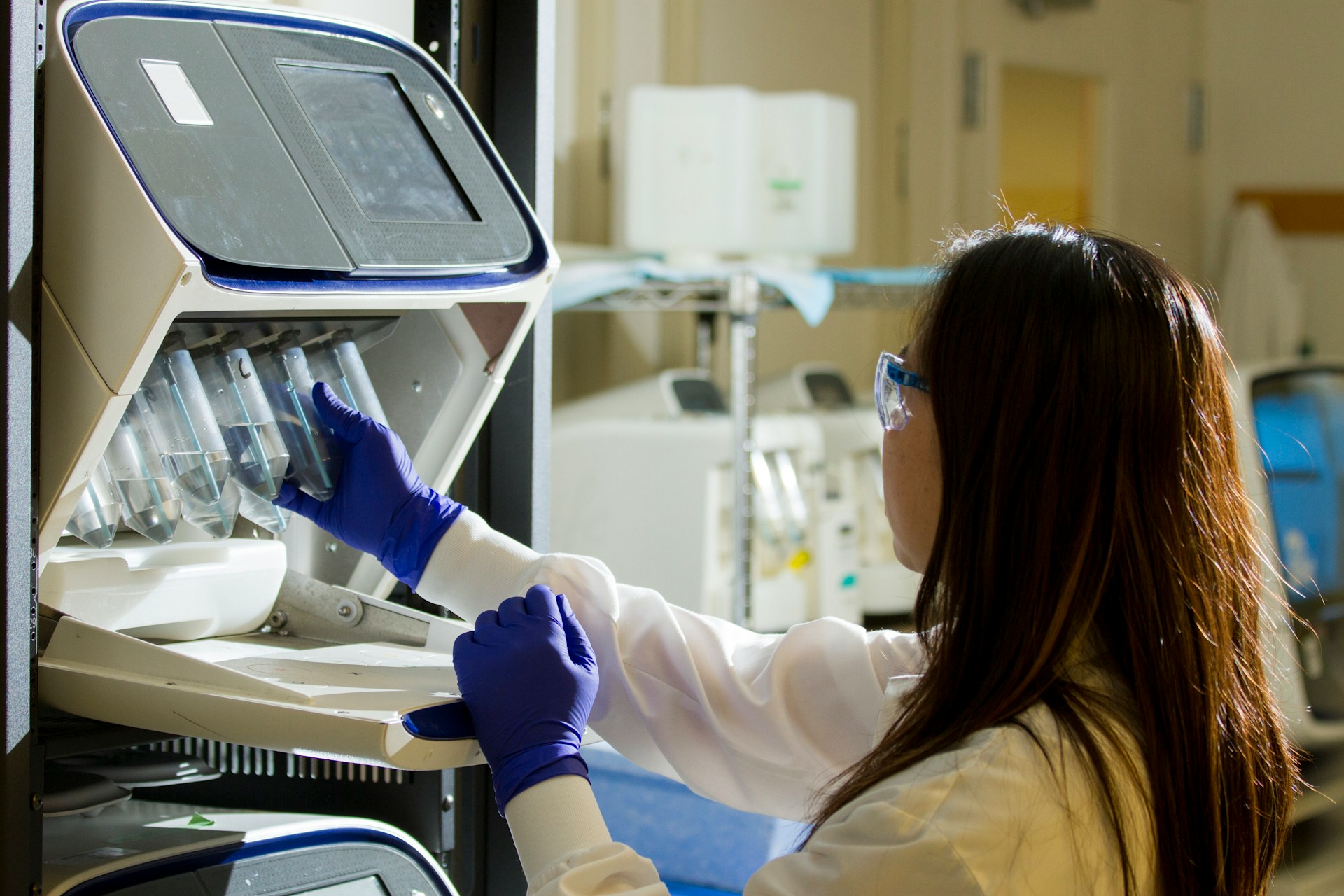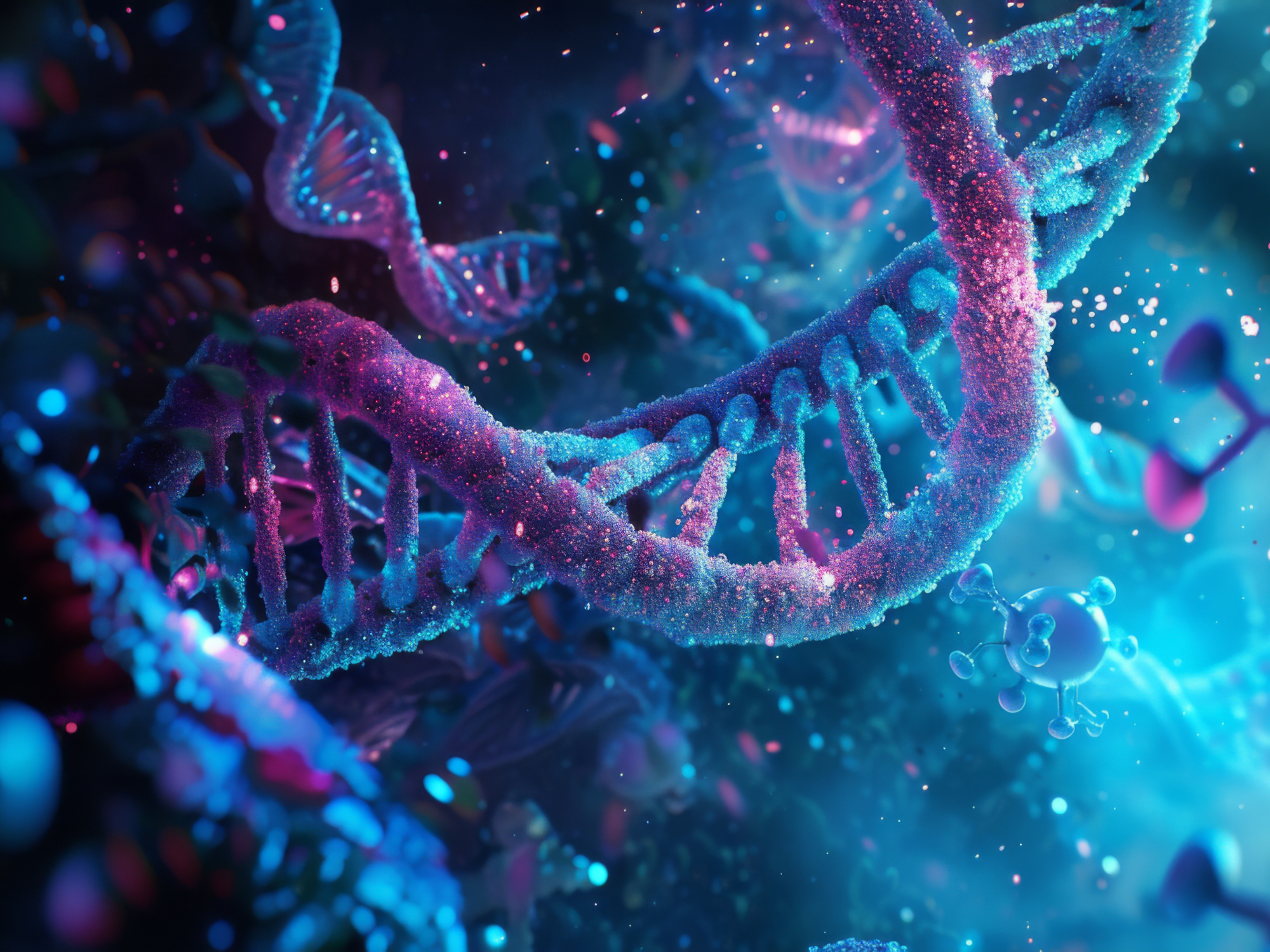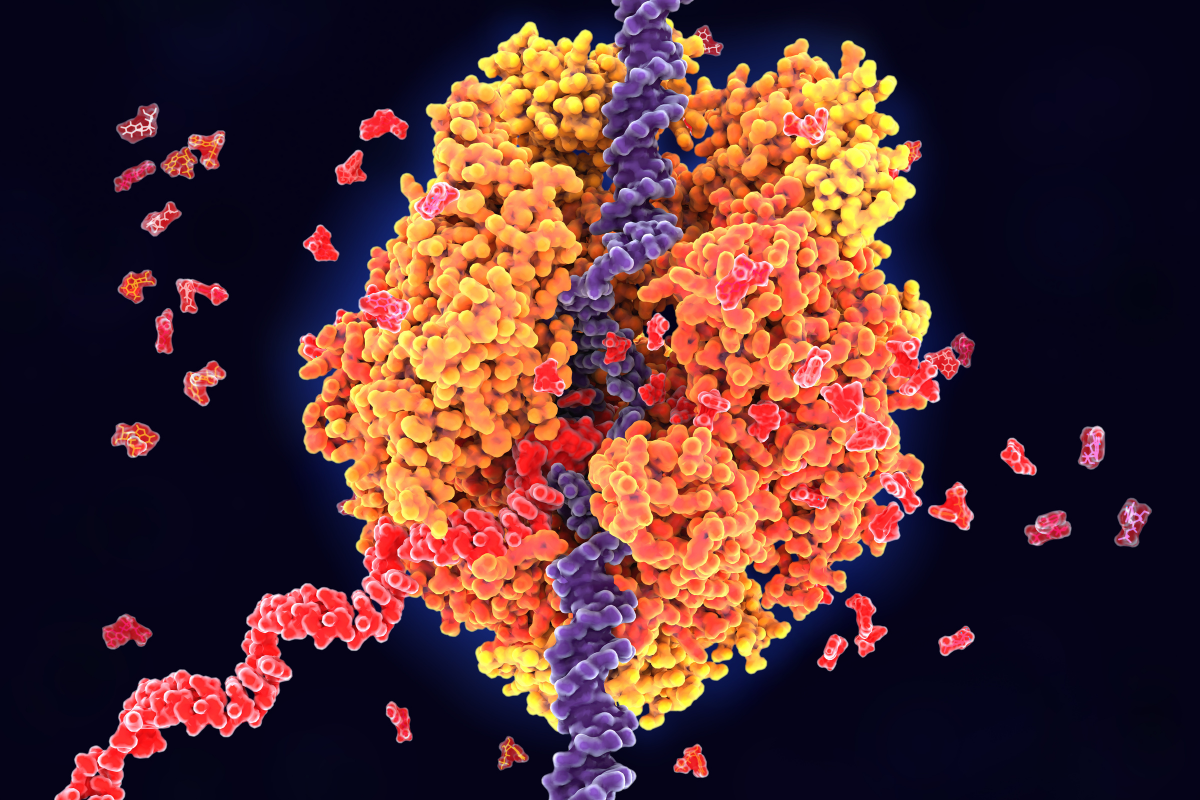Targeted Delivery with FORCE: Novel Approaches in Oligo Therapeutics

Unlike traditional drugs, oligo therapeutics offer a precise mode of action by directly interfering with gene expression at various stages. By modifying the production of disease-associated proteins or correcting genetic mutations, these therapies provide tailored solutions for previously untreatable conditions.
From neurodegenerative diseases to viral infections and cardiovascular disorders, oligo therapeutics demonstrate remarkable versatility across different medical challenges. Scientists and biopharmaceutical companies are actively exploring diverse oligonucleotide-based platforms, including antisense oligonucleotides (ASOs), small interfering RNAs (siRNAs), and messenger RNA (mRNA) therapies, to unlock the full potential of this revolutionary approach.
At Oxford Global’s Biologics 2023 event, we saw several talks focusing on cutting-edge developments in the world of oligo therapeutics. In this Insight Article, we delve into some of the content covered at one of these presentations delivered by Timothy Weeden, Vice President and Head of Platform Development at Dyne Therapeutics.
Targeted Delivery of ASO Gapmers to Muscle for the Treatment of Myotonic Dystrophy Type 1
Presented by: Timothy Weeden, Vice President, Head of Platform Development, Dyne Therapeutics
Dyne Therapeutics, a pioneer in developing transformative therapies for rare muscle diseases, presented their groundbreaking work on targeted delivery of gapmer ASO to treat myotonic dystrophy type 1 (DM1). Their FORCE platform, designed to enhance delivery of oligonucleotides to muscle tissue, holds immense promise for addressing the genetic basis of this debilitating disease.
The FORCE platform consists of three essential components: a fragment antibody that targets the transferrin receptor 1 (TfR1), a clinically validated linker for payload conjugation, and a payload that is rationally selected based on the genetic basis of the disease. Due to its high expression and rapid turnover, Dyne Therapeutics focused on TfR1 as an ideal receptor, making it an optimal target for muscle delivery.
- Xentria and Meitheal Collaborate on Breakthrough Lung Disease Treatment
- Revolutionising Antibody Engineering: The Groundbreaking Work of Sir Gregory Winter
- Sony and Astellas Team Up to Create Breakthrough ADC Oncology Platform
TfR1 plays a critical role in iron uptake and is abundantly expressed in muscle tissue. By selectively targeting TfR1 over its closest homologue TfR2, Dyne Therapeutics ensures the specificity of their antibody. They have developed a TfR1-targeting Fab fragment that enables effective muscle delivery. The Fab fragment was selected based on criteria such as selectivity, affinity, epitope identification, lack of competition with native ligands, and delivery compatibility with different payload types.
The FORCE platform harnesses natural mechanisms of TfR1 receptor-mediated delivery to transport therapeutics across the cell membrane. It achieves endosomal escape without needing membrane-destabilising agents, presenting a distinctive pharmacokinetic profile that offers durable target engagement and a wide therapeutic index.
Use of Gapmer ASO Approach for Targeted Delivery of Oligo Therapeutics
For the treatment of DM1, Dyne Therapeutics employed a gapmer ASO approach. DM1 is characterised by a DNA triplet repeat expansion in the DMPK gene, leading to the formation of toxic RNA aggregates in the nucleus which results in a spliceopathy that drives DM1 clinical manifestations. Dyne's gapmer ASO targets and degrades the toxic RNA, aiming to restore splicing and normal muscle function.
In preclinical studies, Dyne Therapeutics demonstrated the effectiveness of its approach across multiple models of myotonic dystrophy. The DYNE-101 clinical candidate showed robust dose-dependent knockdown of DMPK, reduction of nuclear foci, and correction of mis-splicing in DM1 patient myotubes with both lower and higher CTG repeat numbers, representing the range seen in patients with DM1.
Dyne’s novel hTfR1/DMSXL mouse model expressing human TfR1 and a human DMPK with >1,000 CUG repeats further validated the efficacy of their approach. They observed significant knockdown of toxic DMPK and splicing correction in skeletal, cardiac, and smooth muscles.
Encouragingly, non-human primate studies demonstrated robust knockdown of wild-type DMPK in multiple muscle types without any dose-limiting toxicities. A 13-week toxicology study revealed a favourable safety profile, with no observed changes in cardiac, respiratory, neurological, or ophthalmic endpoints.
Dyne Therapeutics' FORCE platform and their DYNE-101 investigational therapeutic show great potential for treating DM1. The effective target modification displayed by the platform across multiple well-validated preclinical disease models undoubtedly stands the therapeutic in good stead as Dyne progresses through their clinical trial.
Want to know more about Oxford Global’s upcoming Biologics UK event? Download the agenda or register today to join prominent leaders and scientists as they share new case studies, innovative data, and exciting industry outlooks.
Related Resources








